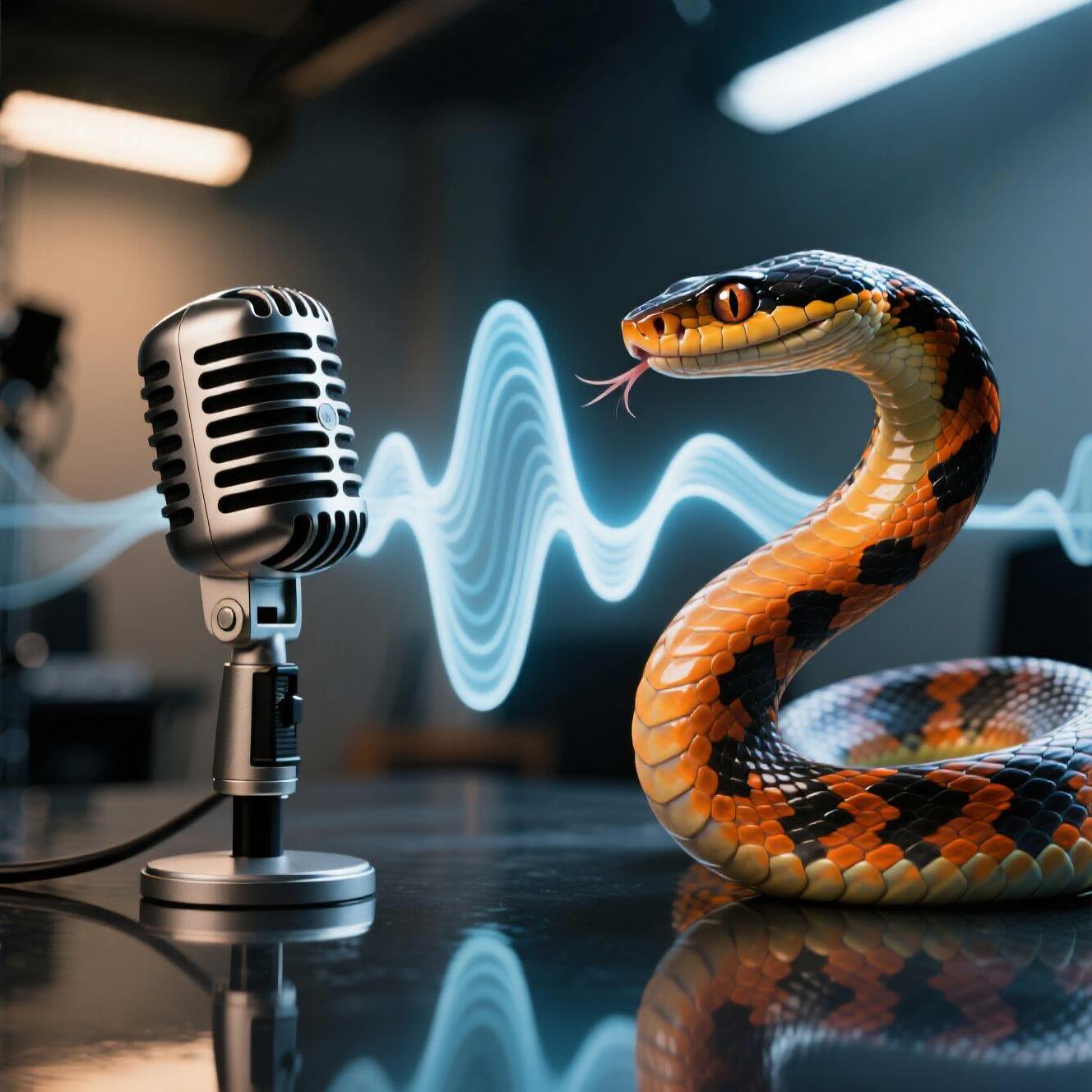
Fake-Mamba is a fast, real-time speech deepfake detector that swaps Transformers’ slow self-attention for a smarter Mamba model, achieving state-of-the-art accuracy while running efficiently across real-world audio.
If you’ve scrolled through social media recently, you’ve probably seen (or heard) about deepfakes. These are AI-generated imitations so realistic that they can trick your eyes 👀 and ears 👂.
While video deepfakes often get the headlines, audio deepfakes are just as dangerous—maybe even more. Imagine a scammer faking your boss’s voice to approve a money transfer 💸, or impersonating a politician to spread fake news 📰. With text-to-speech (TTS) and voice conversion (VC) systems becoming increasingly advanced, cloned voices are now nearly indistinguishable from real ones.
This threat has pushed researchers worldwide to develop Speech Deepfake Detection (SDD) systems—AI tools designed to tell whether a voice clip is real or fake.
But here’s the catch: detecting deepfakes in real time is hard. Current models are powerful, but they’re also slow, heavy on memory, and sometimes fail when voices are compressed (like in phone calls 📞 or social media audio).
That’s where a new innovation steps in: Fake-Mamba 🐍.
Researchers from Finland, the U.S., China, Canada, and Taiwan came together to design Fake-Mamba, a next-generation framework for speech deepfake detection.
Instead of relying on the usual Transformers and Conformers (the same kinds of models behind tools like ChatGPT and speech recognition systems), Fake-Mamba uses a bidirectional Mamba architecture.
So, what’s the big deal? 🤔
In simple terms: Mamba listens smarter, not harder.
Fake-Mamba isn’t just one model—it’s a framework with three different flavors (variants). Each is like a superhero with a slightly different power:
All three use XLSR, a powerful multilingual speech model, as their front-end. XLSR is trained on 436,000 hours of speech across 128 languages 🌍, so it already knows what real human speech should sound like. Fake-Mamba fine-tunes this ability to detect when a clip doesn’t quite add up.
To prove Fake-Mamba’s worth, the team tested it on three challenging datasets:
PN-BiMamba crushed it with an error rate (EER) of:
For comparison, the previous top models had higher error rates, often 25–30% worse.
Even better, Fake-Mamba ran in real time, making it practical for live calls, video conferences, and streaming.
The research team didn’t stop at raw results—they dug deeper with ablation studies (turning features on and off to see their impact). Here’s what they found:
Translation? Every piece of the PN-BiMamba puzzle matters 🧩.
And here’s another bonus:
Detection is only useful if it’s fast enough. Imagine a bank waiting 10 seconds to decide if a caller is real—it’s useless!
Fake-Mamba was benchmarked against XLSR-Conformer and came out consistently faster across 1–6 second audio clips. Thanks to its hardware-friendly design, it’s not just accurate but also efficient.
The researchers highlight some exciting future directions:
Deepfake voices aren’t just a tech curiosity—they’re a global security risk. From fraud to political manipulation, fake audio could undermine trust in communication.
Fake-Mamba represents a big leap forward:
It shows that we don’t always need bigger, more complex models—sometimes we just need better-designed ones.
Fake-Mamba is more than just another AI model—it’s a shield against the dark side of AI. With deepfakes becoming easier to create, defenses like Fake-Mamba are essential to keep our digital world trustworthy.
As the researchers conclude:
Mamba-based models could replace Transformers and Conformers in speech deepfake detection.
And maybe, just maybe, one day your phone, your bank, and your favorite apps will all have a little 🐍 Fake-Mamba running in the background—quietly making sure the voice you hear is the real deal.
🔊 Deepfake - An AI-generated fake audio, video, or image that looks or sounds real. In this case, it’s about voices cloned using AI.
🗣️ Speech Deepfake Detection (SDD) - The science of telling whether a piece of speech is real (human) or fake (AI-generated). Think of it as a lie detector for voices.
⚡ Transformer - A powerful AI architecture used in models like ChatGPT and speech recognition. It learns patterns in sequences (like words or sounds), but it can be slow for long inputs. - More about this concept in the article "Generative AI vs Wildfires 🔥 The Future of Fire Forecasting".
🔗 Self-Attention - The “attention mechanism” inside Transformers that decides which parts of the input (like a word or sound) are important when making predictions. Accurate, but heavy on memory and computation.
🎛️ Conformer - A hybrid AI model that combines convolutions (good at local details) and Transformers (good at long-term context). Often used in speech recognition and fake detection. - More about this concept in the article "Revolutionizing Arabic Speech Recognition: How AI is Learning to Listen—Without Human Teachers! 🗣️ 🤖".
🐍 Mamba (State Space Model) - A new, super-efficient AI architecture. Unlike Transformers, it processes sequences almost in real-time and focuses only on the most relevant details—perfect for catching subtle deepfake clues.
🌍 XLSR (Cross-Lingual Speech Representations) - A massive multilingual speech model trained on 128 languages and 436,000 hours of audio. It knows what real human speech should sound like across cultures and languages.
📊 EER (Equal Error Rate) - A score used to measure how well a system separates real from fake. The lower the number, the better the detector.
⏱️ Real-Time Factor (RTF) - A measure of speed—whether a system can process audio as fast as it plays. If RTF is below 1, it means the model works in real time.
Source: Xi Xuan, Zimo Zhu, Wenxin Zhang, Yi-Cheng Lin, Tomi Kinnunen. Fake-Mamba: Real-Time Speech Deepfake Detection Using Bidirectional Mamba as Self-Attention's Alternative. https://doi.org/10.48550/arXiv.2508.09294
From: University of Eastern Finland; University of California Santa Barbara; University of Chinese Academy of Sciences; University of Toronto; National Taiwan University.